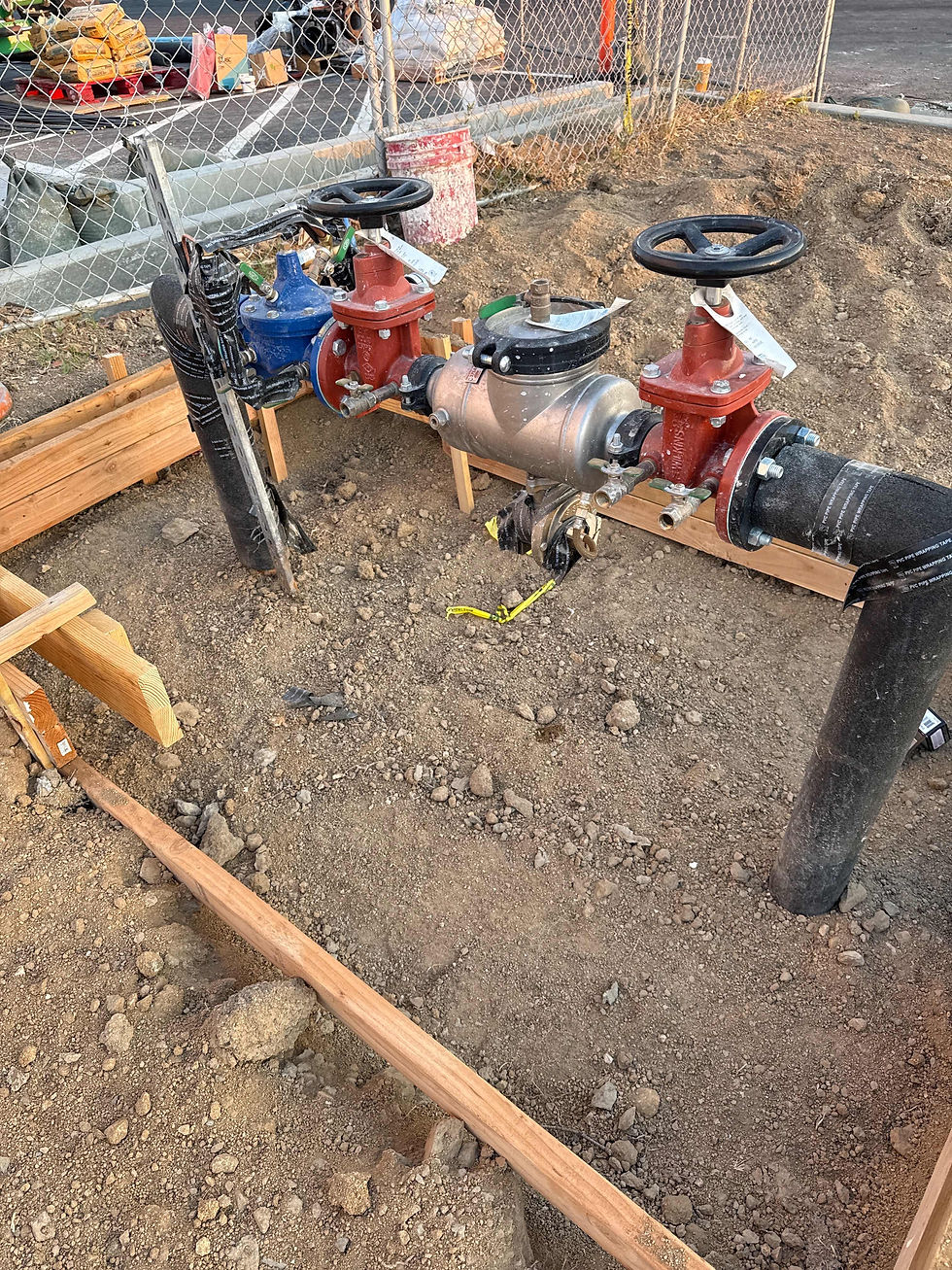What Are the Different Types of Hazards That Can Lead to Backflow?
- bill57931
- Jun 11, 2025
- 2 min read

Backflow occurs when water flows in the reverse direction, potentially causing contaminated water to enter the clean water supply. This can pose significant health risks to the public and disrupt the integrity of the water system.
To prevent these dangers, property owners must understand the different types of hazards that can lead to backflow and take precautions, such as scheduling regular backflow testing in Long Beach. Below, we’ll explore the most common hazards and how they can contribute to backflow.
Cross-Connections
A cross-connection is any physical connection between a potable water system (clean water) and a non-potable source (contaminated water). For example, a garden hose submerged in a bucket of soapy water or a spray nozzle connected to a chemical tank creates a cross-connection.
If there’s a drop in water pressure, such as during a water main break, these connections can allow contaminants to flow backward into the potable water system. Regular backflow testing in Long Beach ensures that backflow prevention devices are functioning correctly to address these risks.
Backpressure
Backpressure occurs when the pressure in a non-potable system exceeds the pressure in the potable water system. This can happen in industrial or commercial settings where equipment like boilers, pumps, or elevated tanks create higher pressure.
Without properly installed backflow prevention devices, contaminants from these systems can flow into the clean water supply. Routine backflow testing in Long Beach can help identify and mitigate backpressure risks.
Backsiphonage
Backsiphonage is caused by a sudden drop in water pressure, such as during firefighting activities or a major water line repair. This pressure drop can create a vacuum effect, pulling non-potable water into the potable water system.
Situations like a submerged hose in a pool or a connected irrigation system can become hazardous during backsiphonage events. Certified professionals conducting backflow testing in Long Beach can ensure that backflow prevention devices, such as vacuum breakers, are in place and functioning correctly.
Chemical and Biological Hazards
Certain environments, such as industrial facilities or agricultural sites, are especially prone to chemical and biological hazards. Chemicals like pesticides, fertilizers, or cleaning agents can contaminate the water supply if backflow occurs.
Similarly, biological hazards, such as bacteria or pathogens, can enter the system through cross-connections with non-potable sources. Regular backflow testing in Long Beach is vital in these settings to prevent harmful substances from compromising the water quality.
Human Error or Negligence
Sometimes, backflow hazards arise from human error or negligence. For instance, improper installation of plumbing systems, failure to maintain backflow prevention devices, or ignoring local regulations can all increase the risk of backflow.
Property owners in Long Beach must stay proactive by scheduling routine backflow testing and working with certified professionals to ensure compliance and safety.
Conclusion
Backflow hazards can stem from cross-connections, backpressure, backsiphonage, chemical and biological threats, and even human error. These risks are present in residential, commercial, and industrial settings, making regular backflow testing in Long Beach an essential step to protect the water supply.
By staying proactive and addressing potential hazards, property owners can ensure the safety and integrity of their water systems while contributing to a healthier, cleaner community.







Comments